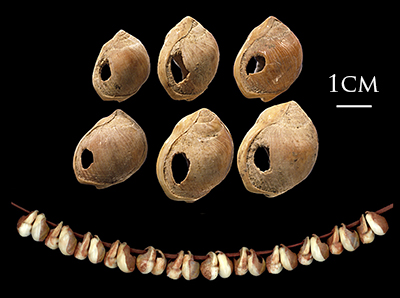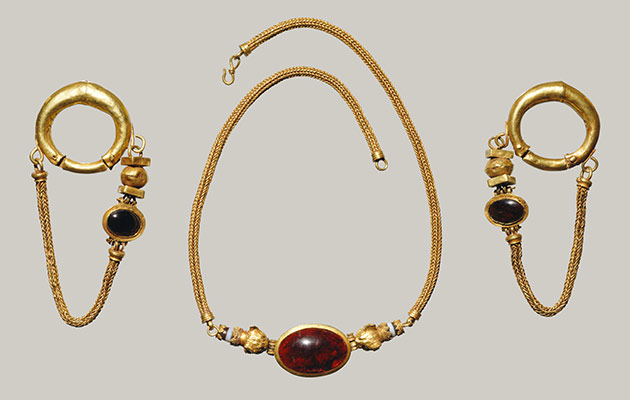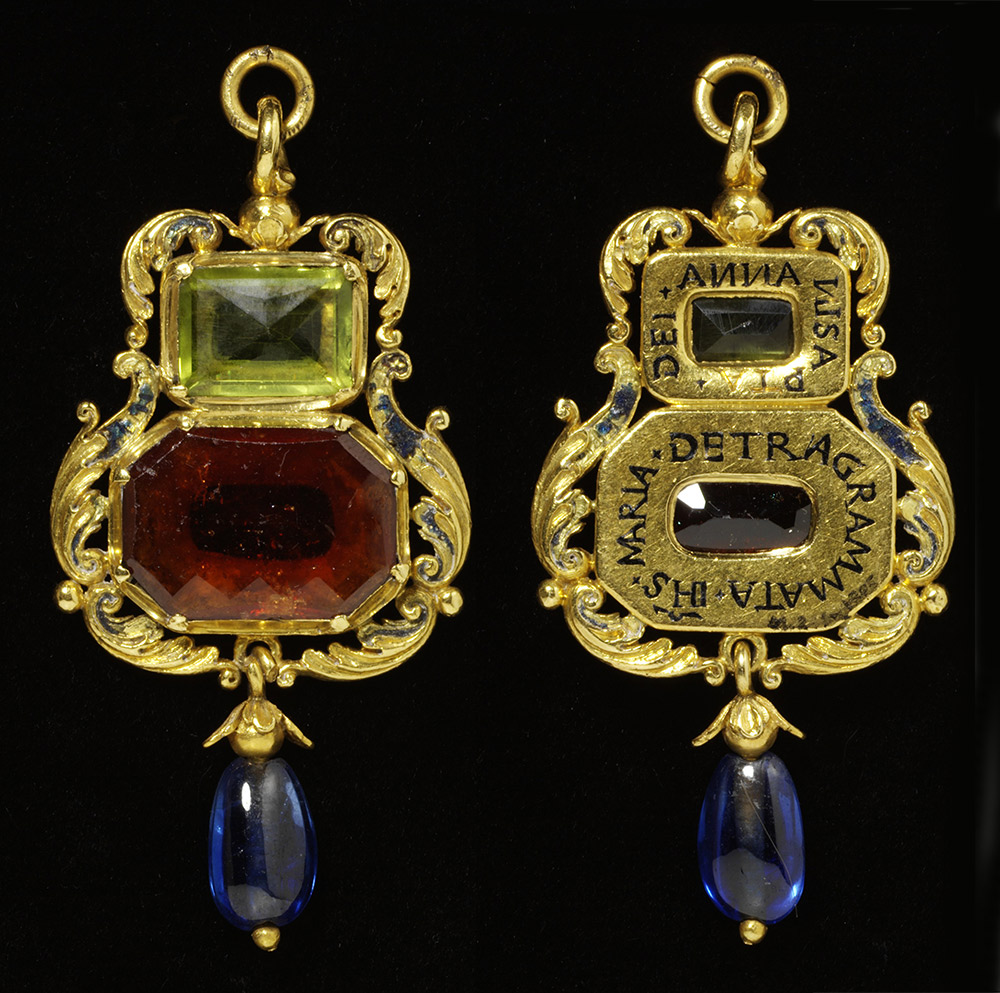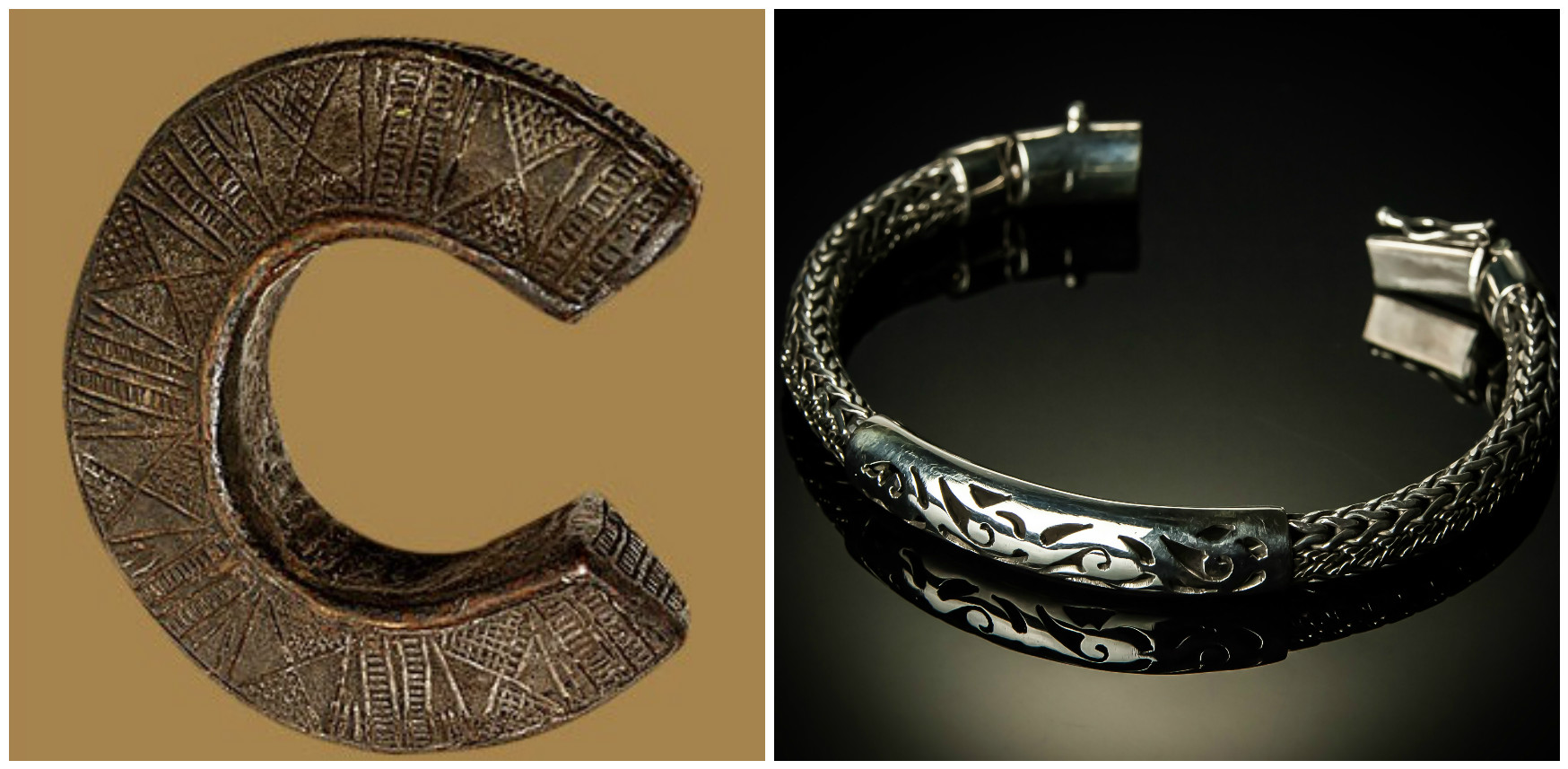Moments in the History of Jewelry
From the talon of an eagle’s claw to Jinja’s sterling silver wrapped coral beads, the rich history of jewelry continues to prove humanity’s obsession with embellishment. Rarely does one ever truly admire the centuries of work it has taken for the necklaces and bracelets we enjoy to reach what they are today. You likely know where this is going, but of course, to your surprise, Jinja happens to be slight experts on the topic! We have frozen a few moments in time (metaphorically, but that would be cool.) to explain how history has influenced the evolution of jewelry.

Pre-historic
Since the brink of civilization, humans have been captivated by adornment. Creating a foundation for modern jewelry, pre-historic inhabitants assembled beads crafted with shell, bone, and stone to cultivate the first known examples. Although little is known about this period, jewelry was thought to reflect the rank of status of an individual. In many cases, it was also linked to protection from every-day outside sources.
Hellenistic- Ancient Greece
 Woven in exploration and an abundance of culture, Hellenistic jewelry quickly represented the transitional period in Greek history. Alexander the Great, King of Ancient Greece, defined his legacy through conquering the Persian Empire at age 26. The borders of Greece flooded over the vast lands. Art began to flourish as the intermingling of cultures broadened diversity in everyday life. Ancient Greek jewelry began incorporating precious gems that were now more easily accessible. Bracelets, necklaces, and earrings often celebrated Aphrodite, the goddess of love, beauty, and pleasure. Much of the designs featured gold, which was a valuable element that was known to embody wealth and power. This inventive period continue to serve as a landmark in the history of jewelry.
Woven in exploration and an abundance of culture, Hellenistic jewelry quickly represented the transitional period in Greek history. Alexander the Great, King of Ancient Greece, defined his legacy through conquering the Persian Empire at age 26. The borders of Greece flooded over the vast lands. Art began to flourish as the intermingling of cultures broadened diversity in everyday life. Ancient Greek jewelry began incorporating precious gems that were now more easily accessible. Bracelets, necklaces, and earrings often celebrated Aphrodite, the goddess of love, beauty, and pleasure. Much of the designs featured gold, which was a valuable element that was known to embody wealth and power. This inventive period continue to serve as a landmark in the history of jewelry.
Renaissance Period-Europe
 Plagued by war, starvation, and the “Black Death”, Europe made its big comeback with the Renaissance. Curiosity towards the Roman and Greek way of thinking sparked an intellectual expansion of science, art, and discovery. The resurrection of classical values reformed education, literature, and religion. In the same way that expression began to thrive across Europe, jewelry became increasingly detailed. Designs were now more personalized, and featured aspects of the new priority in religion and mythological creatures (from classical mythology).
Plagued by war, starvation, and the “Black Death”, Europe made its big comeback with the Renaissance. Curiosity towards the Roman and Greek way of thinking sparked an intellectual expansion of science, art, and discovery. The resurrection of classical values reformed education, literature, and religion. In the same way that expression began to thrive across Europe, jewelry became increasingly detailed. Designs were now more personalized, and featured aspects of the new priority in religion and mythological creatures (from classical mythology).
Modern-Current
Just by taking a quick look at a set of earrings, proof of the evolving world is present. Thanks to the modern dynamics of globalization, we can easily hold a conversation from the other side of the globe with just the click of a few buttons. Influences from all corners of the earth have led jewelry design down a new, innovative path. Jinja Jewelry is a beautiful example of two distinct cultures collaborating to form a genuine piece of hand-crafted jewelry. During pre-historic civilization, the discovery of metal-working pushed society into what is known as the Bronze Age. The mastery of metal manipulation tested the boundaries of life and technology. As this new skill progressed, Bali, Indonesia soon earned an international reputation for their remarkable work with gold and silver.
 This ancient talent is still present today, and is beautifully manifested in the designs of Jinja. Much of our jewelry features intricate, silver patterns that are crafted by gifted hands descending from the forerunners of silver-smithing. The picture on the left features an ancient bronze bracelet, while the picture on the right resembles a modern, sterling silver Jinja bracelet that reflects the talented advancements in Balinese metal-working. Not only are you participating in a centuries old fashion statement by wearing Jinja Jewelry, you’re embracing an authentic product of love and friendship despite the distance!
This ancient talent is still present today, and is beautifully manifested in the designs of Jinja. Much of our jewelry features intricate, silver patterns that are crafted by gifted hands descending from the forerunners of silver-smithing. The picture on the left features an ancient bronze bracelet, while the picture on the right resembles a modern, sterling silver Jinja bracelet that reflects the talented advancements in Balinese metal-working. Not only are you participating in a centuries old fashion statement by wearing Jinja Jewelry, you’re embracing an authentic product of love and friendship despite the distance!
If you now feel like an expert on the history of jewelry and enjoyed this post, like us on Facebook! Don’t forget to connect on Twitter and Instagram as well.
